Our Featured Tours
Discover Ethiopia's wonders with our carefully curated tour packages designed to showcase the best of our country's history, culture, and natural beauty.

Danakil & Rock-Hewn Wonders
From the mystical churches of Lalibela to the fiery pits of Erta Ale and the alien landscapes of Dallol, this expedition blends ancient heritage with raw adventure in one of Earth's most extreme environments.
View Details
Omo Valley Cultural Immersion
Discover the diverse cultures and traditions of Ethiopia's Omo Valley tribes, including the Mursi, Hamar, and Karo people, in this immersive cultural experience.
View Details
Simien Mountains Trek
Trek through Ethiopia's stunning Simien Mountains National Park, a UNESCO World Heritage Site home to unique wildlife including the Gelada baboon and breathtaking views.
View DetailsExplore Ethiopia's Top Destinations
From ancient historical sites to breathtaking natural wonders, Ethiopia offers diverse experiences for every traveler.
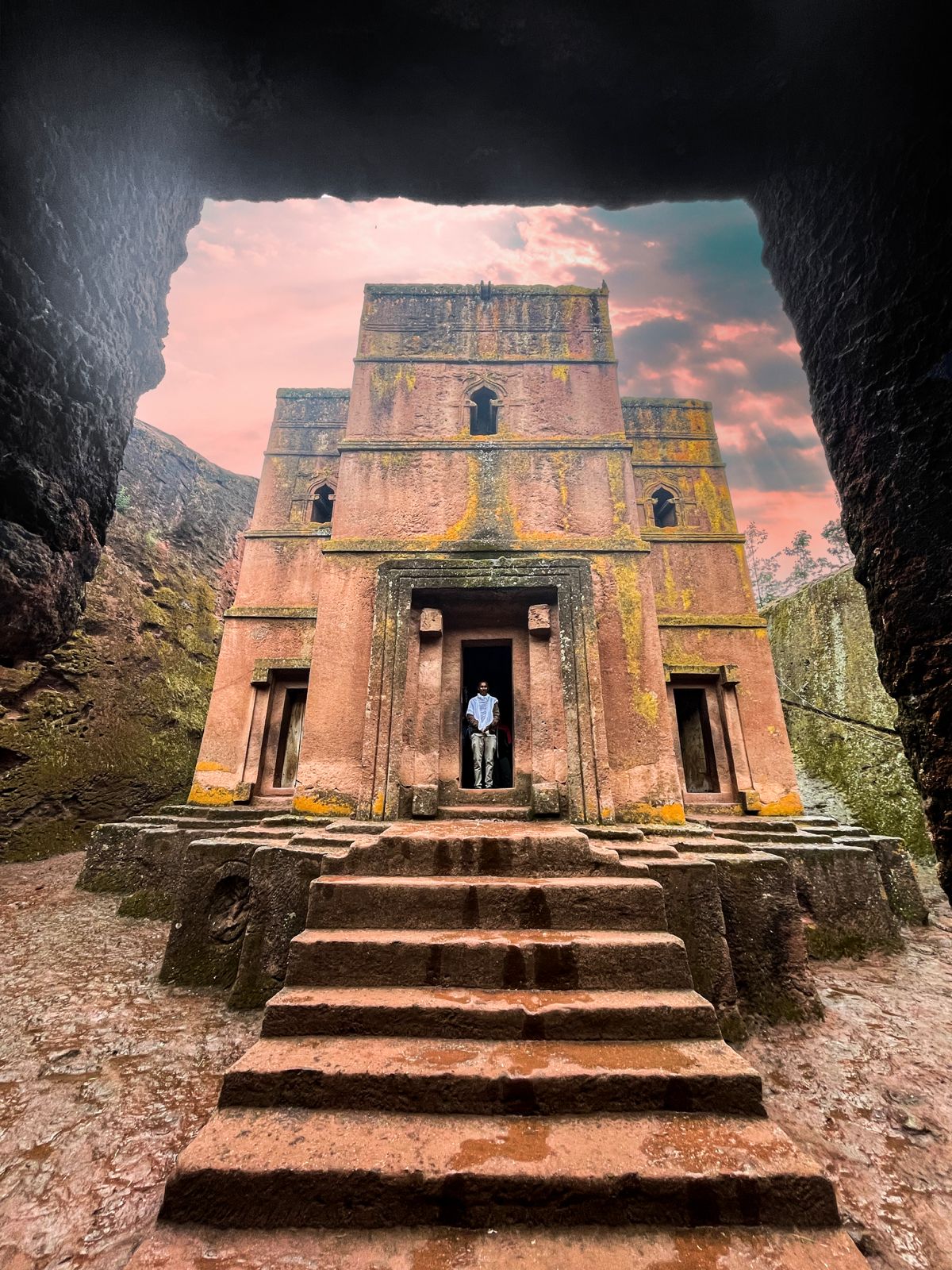
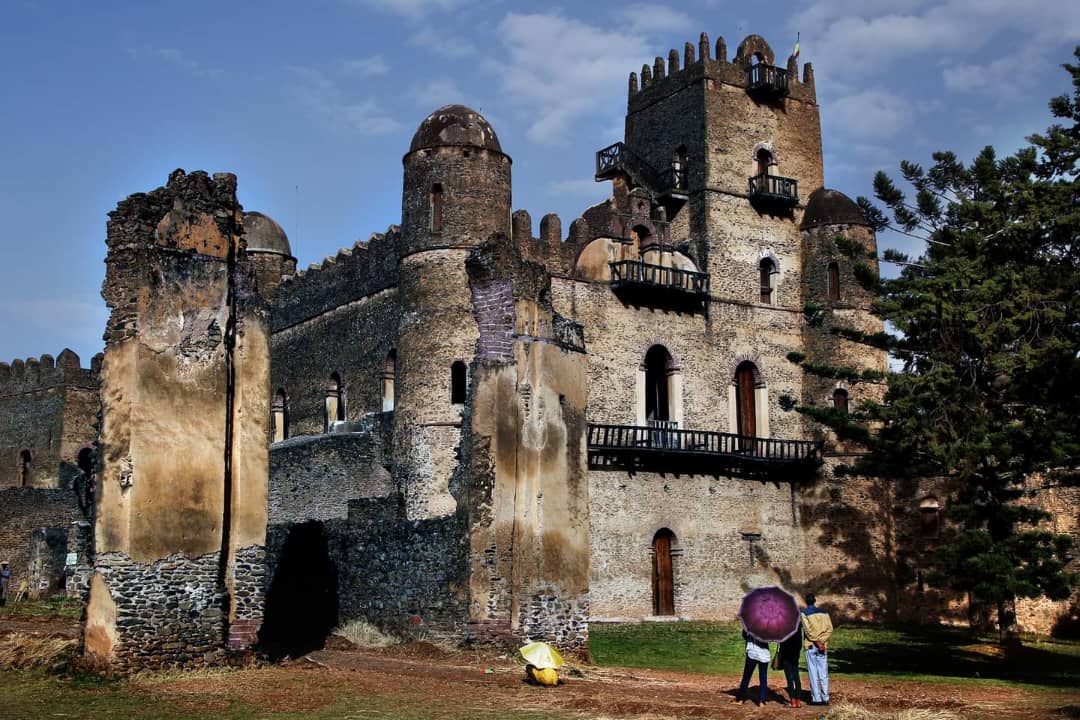
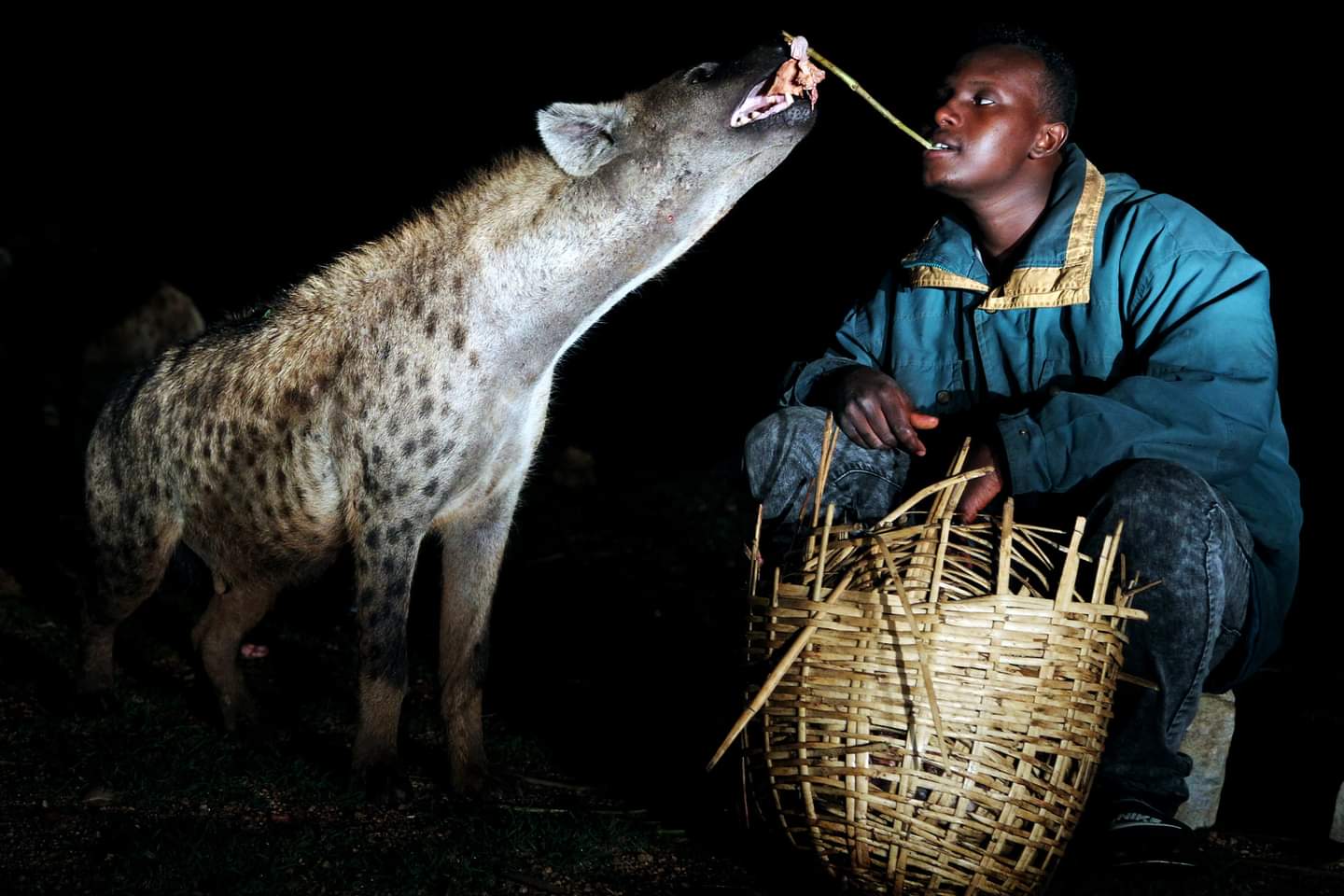
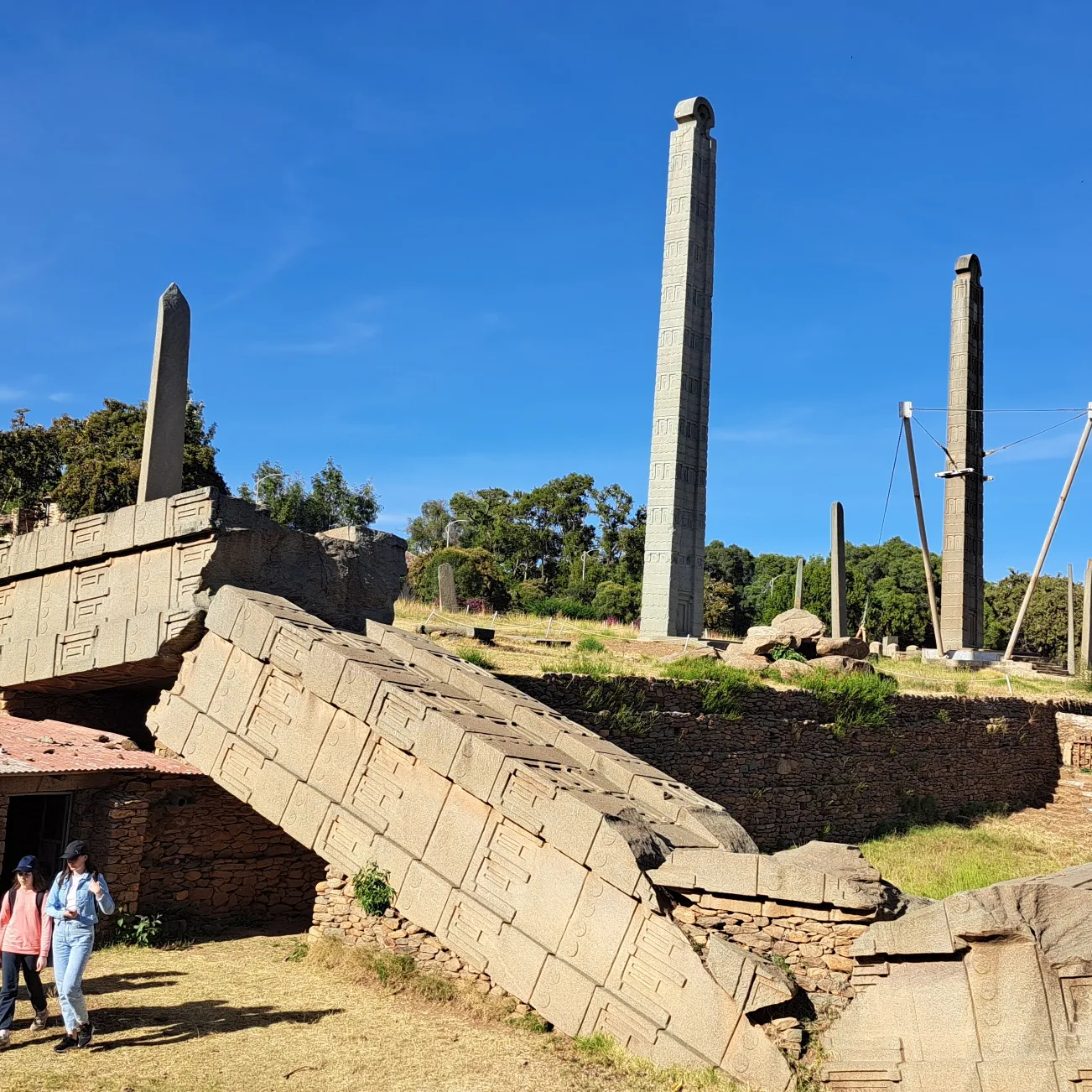

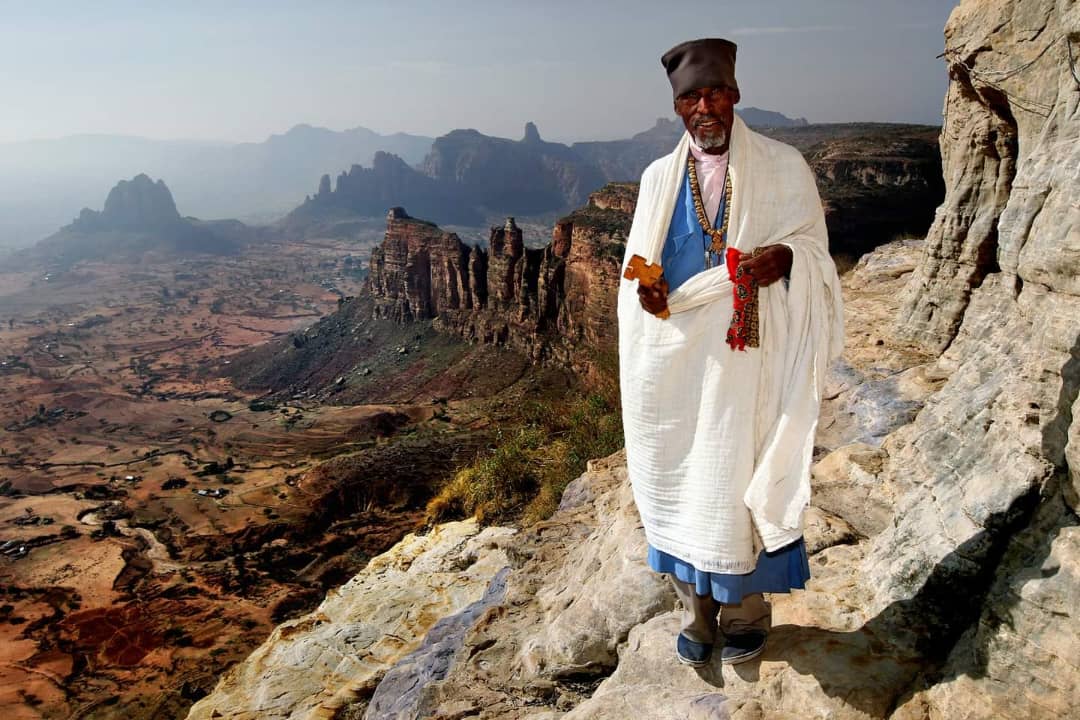


About Zagol Ethiopia Tours
Founded in 2013 by passionate Ethiopian travel experts, Zagol Ethiopia Tours has been providing exceptional travel experiences across Ethiopia's diverse landscapes and rich cultural heritage.
Our mission is to showcase the beauty and wonder of Ethiopia while supporting local communities and preserving the environment through responsible tourism practices.
With a team of knowledgeable local guides, we craft unique itineraries that go beyond typical tourist routes, offering authentic encounters and unforgettable memories.

Why Choose Zagol Ethiopia Tours
We're committed to providing exceptional travel experiences with these key advantages:
Local Expertise
Our team consists of Ethiopian natives with extensive knowledge of the country's history, culture, and hidden gems.
Sustainable Tourism
We're committed to responsible travel that benefits local communities and preserves Ethiopia's natural beauty.
Safety First
Your safety is our top priority. We maintain the highest standards for all our tours and accommodations.
Top Rated
With over 500 satisfied customers and a 4.8/5 rating, we consistently deliver exceptional experiences.
Comprehensive Itineraries
Our tours are carefully designed to showcase the best of Ethiopia while ensuring comfort and convenience.
24/7 Support
Our dedicated support team is available around the clock to assist you during your Ethiopian adventure.
What Our Travelers Say
Don't just take our word for it - hear from travelers who've experienced Ethiopia with us.
"We spent an amazing few days in Lalībela with Muluye... Muluye expertly guided us through all the churches and shared his incredible knowledge... We would highly recommend Muluye and Zagol Ethiopian Tours."
"Zagol Ethiopia Tours provided an unforgettable experience. The attention to detail and personalized service made our trip truly special. We felt well taken care of from start to finish."
"Our Omo Valley tour was absolutely incredible. Zagol's connections with the local communities made it a truly authentic experience that we couldn't have gotten with any other company."
"The Simien Mountains trek was challenging but so rewarding. Our guide was attentive and made sure we had the best experience possible. The views were breathtaking every single day."
"Zagol Tours made our honeymoon unforgettable. The romantic settings and private tours were beyond our expectations. We'll definitely be back for another tour in the future!"
Contact Us
Have questions or ready to book your Ethiopian adventure? Get in touch with our team.
Get in Touch
Our team is here to help you plan your perfect Ethiopian journey. Contact us via phone, email, or social media.